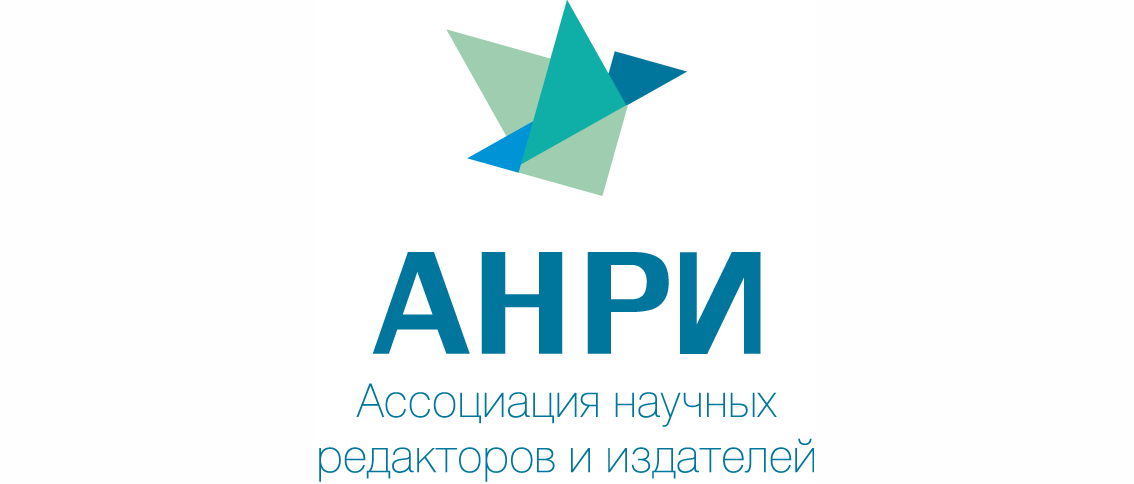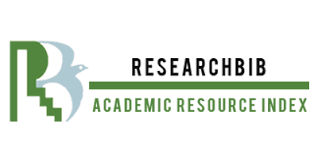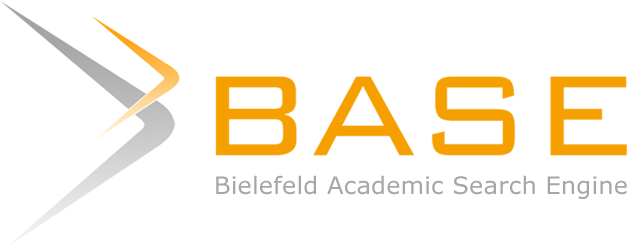Menu
Publications
2025
2024
2023
2022
2021
2020
2019
2018
2017
2016
2015
2014
2013
2012
2011
2010
2009
2008
2007
2006
2005
2004
2003
2002
2001
Editor-in-Chief

Nikiforov
Vladimir O.
D.Sc., Prof.
Partners
doi: 10.17586/2226-1494-2021-21-1-65-72
DEFOCUS IMPACT ANALYSIS ON TELESCOPE WAVEFRONT RECONSTRUCTION BY SCATTERING SPOT WITH PARAMETRIC OPTIMIZATION TECHNIQUE
Read the full article
Article in Russian
For citation:
Abstract
For citation:
Ivanova T.V., Kalinkina O.S., Kushtyseva Ju.O., Zavgorodniy D.S. Defocus impact analysis on telescope wavefront reconstruction by scattering spot with parametric optimization technique. Scientific and Technical Journal of Information Technologies, Mechanics and Optics, 2021, vol. 21, no. 1, pp. 65–72 (in Russian). doi: 10.17586/2226-1494-2021-21-1-65-72
Abstract
Subject of Research. Wavefront reconstruction by the known scattering spot intensity with parametric optimization is presented. The Zernike polynomial coefficients of the wave function expansion as optimization parameters are used. The known defocus impact is performed on the method convergence. Methods. For method verification we used simulated scattering spot with four known Zernike coefficients (coma c31, s31 and astigmatism с22, s22) as input data. Then parametric optimization was applied to simulated scattering spot. The cost function was the standard deviation of the reference scattering spot from the one calculated at each optimization step. As a result, we got Zernike reconstructed coefficient values that can be compared with initial ones. If result coefficient values differed from initial ones less than 10–5λ, the restoration was successful. For better method conjugation various defocus values were used related to the best focus position. Main Results. The presented parametric optimization method gives the possibility to restore Zernike coefficients, describes coma and astigmatism in wavefront description by the known scattering spot intensity. Focused scattering spot intensity is not enough to restore aberration coefficients, but with the known defocus method it becomes more stable. It is shown that for successful restoration the use of defocus Zernike coefficient from the best focus position in the range of 0.1–0.5λ is enough. Practical Relevance. Wavefront reconstruction by the known defocused scattering spot intensity with parametric optimization technique can be used for telescope alignment during operation. By tolerance data, calculated for all optical systems in optical system design software, it is possible to define tilt and decenter of optical details direction by Zernike coefficient values. It is an especially important task for telescopes without axial symmetry.
Keywords: scattering spot, point spread function, aberrations, phase retrieval methods, Zernike polynomials, parametric optimization
References
References
1. Optical Shop Testing. Ed. by D. Malacara. Wiley, 1978, 523 p.
2. Krist J.E., Burrows C.J. Phase-retrieval analysis of pre- and post- repair Hubble Space Telescope images. Applied Optics, 1995, vol. 34, no. 22, pp. 4951–4964. doi: 10.1364/AO.34.004951
3. Klebanov J.M., Karsakov A.V., Khonina C.N., Davydov A.N., Polyakov K.A. Wave front aberration compensation of space telescopes with telescope temperature field adjustment. Computer Optics, 2017, vol. 41, no. 1, pp. 30–36. (in Russian). doi: 10.18287/0134-2452-2017-41-1-30-36
4. Inochkin F.M., Belashenkov N.R. Digital image aberration correction technique for structured illumination microscopy. Scientific and Technical Journal of Information Technologies, Mechanics and Optics, 2019, vol. 19, no. 6, pp. 1004–1012. (in Russian). doi: 10.17586/2226-1494-2019-19-6-1004-1012
5. Wesner J., Heil J., Sure T. Reconstructing the pupil function of microscope objectives from the intensity PSF. Proceedings of SPIE, 2002, vol. 4767, pp. 32–43. doi: 10.1117/12.451320
6. Nalegaev S., Petrov N., Bespalov V. Special features of iteration methods for phase problem in optics. Scientific and Technical Journal of Information Technologies, Mechanics and Optics, 2012, no. 6(82), pp. 30–35. (in Russian)
7. Gladysz S. Adaptive optics point spread function reconstruction directly from target data. Imaging and Applied Optics 2016. Congress OSA, 2016, pp. AOT2C.1. doi: 10.1364/AOMS.2016.AOT2C.1
8. Gerchberg R.W., Saxton W.O. A practical algorithm for the determination of phase from image and diffraction plane pictures. Optik, 1972, vol. 35, no. 2, pp. 237–246.
9. Costes V., Cassar G., Escarrat L. Optical design of a compact telescope for the next generation Earth observation system. Proceedings of SPIE, 2017, vol. 10564, pp. 1056416. doi: 10.1117/12.2309055
10. Bezdidko S.N. Theory of orthogonal aberrations and its use in lens design. Optical Review, 2014, vol. 21, no. 5, pp. 632–638. doi: 10.1007/s10043-014-0101-2
11. Zemax. LLC OpticStudio 16.5 SP1 Help files. December 2016. [s.l.], 2016, 2370 p.
12. Bertero M., Boccacci P. Introduction to Inverse Problems in Imaging. IOP Publishing Ltd, 1998.
13. Wyant J.C., Creath K. Basic wavefront aberration theory for optical metrology. Applied Optics and Optical Engineering. V. 11. Academic Press, 1992, pp. 28–39.
14. Rao S.S. Engineering Optimization: Theory and Practice. John Wiley and Sons, 2009, 798 p. doi: 10.1002/9781119454816
15. Kushtyseva Ju.O., Kalinkina O.S. Reconstruction of the wavefront parameters from the point scattering function. Proc. of the Conferences of Young Scientists. V. 6. St. Petersburg, ITMO University, 2019, pp. 220–224. (in Russian)
16. Kushtyseva Ju.O., Kalinkina O.S. Algorithm for reconstructing the wavefront parameters (coefficients of Zernike polynomials) from PSF. Almanac of Scientific Works of Young Scientists of ITMO University. V. 4. St. Petersburg, ITMO University, 2020, pp. 57–63. (in Russian)
17. Kalinkina O., Ivanova T., Kushtyseva J. Wavefront parameters recovering by using point spread function. CEUR Workshop Proceedings, 2020, vol. 2744.
























